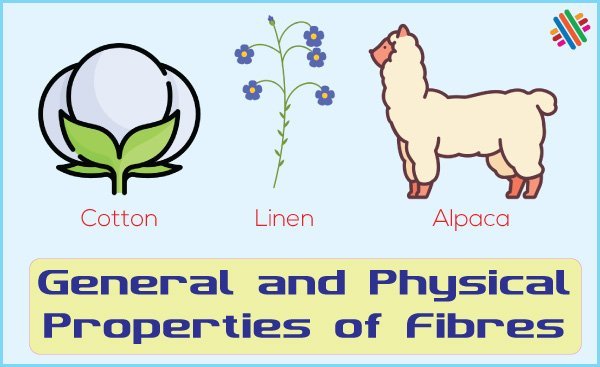Difference Between Silk and Wool
Definition of Silk Silk is called the queen of fibres. It is a natural fibre (Protein) obtained from the cocoons of the silk silkworm. It is a continuous natural filament fibre. Definition Of Wool Wool is also a natural fibre obtained from sheep and other animals like goats, rabbits, camels, etc. It is 100% natural, […]






